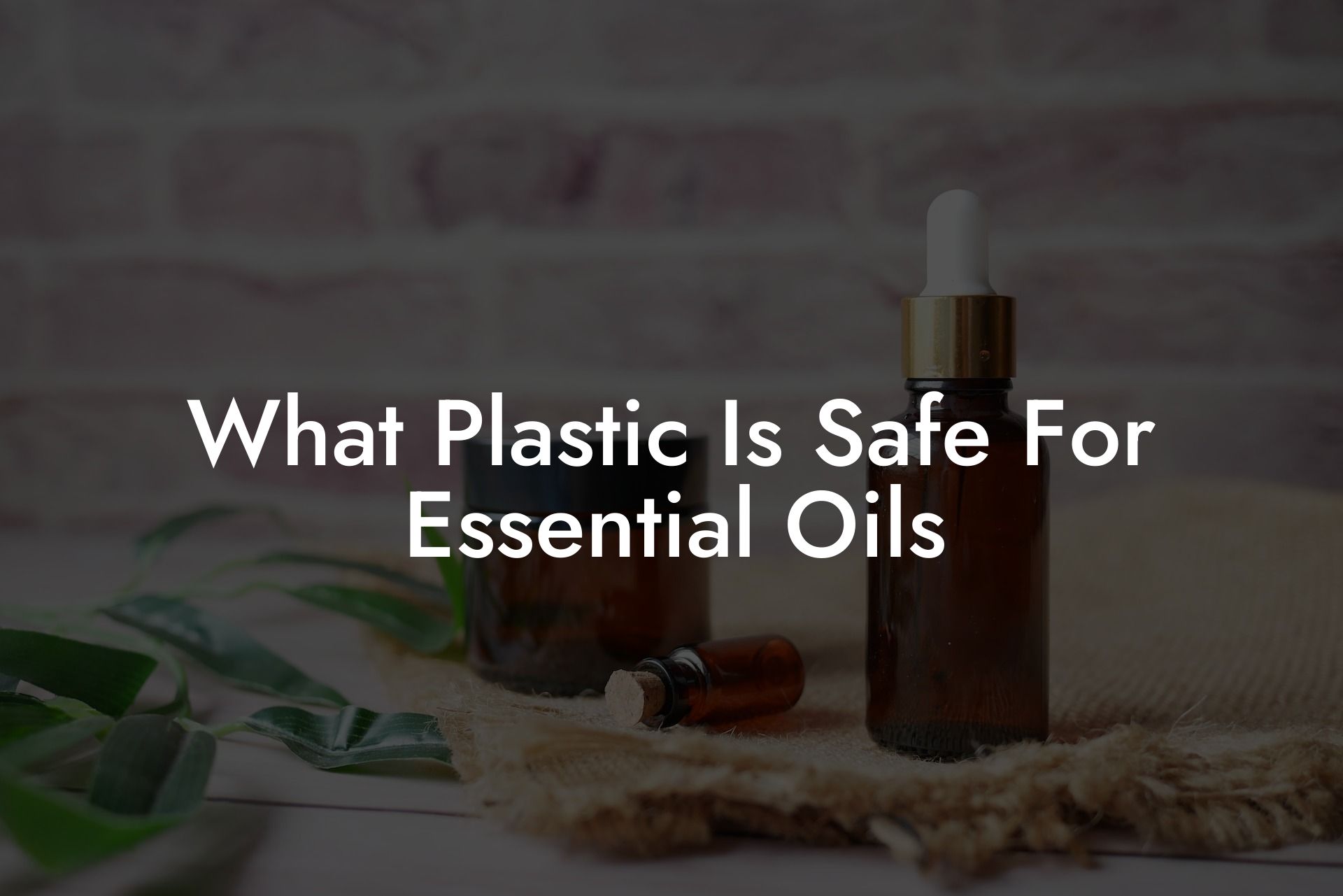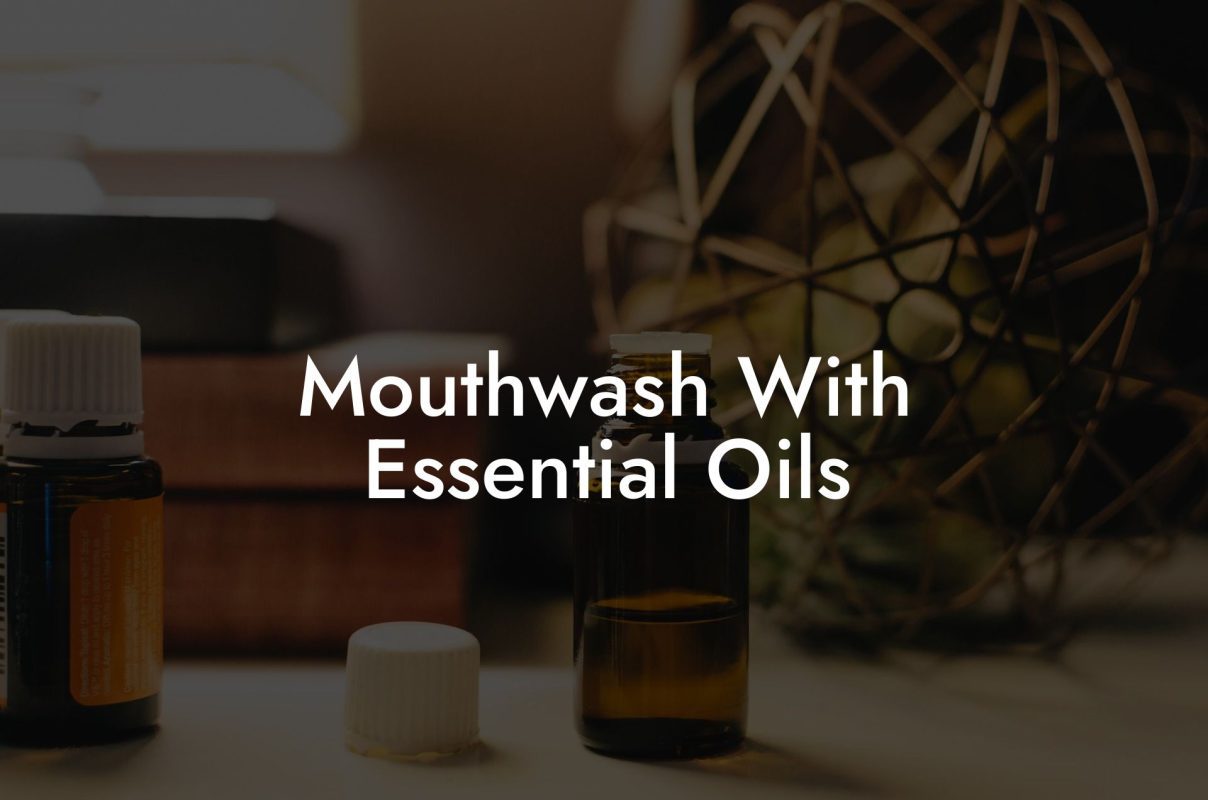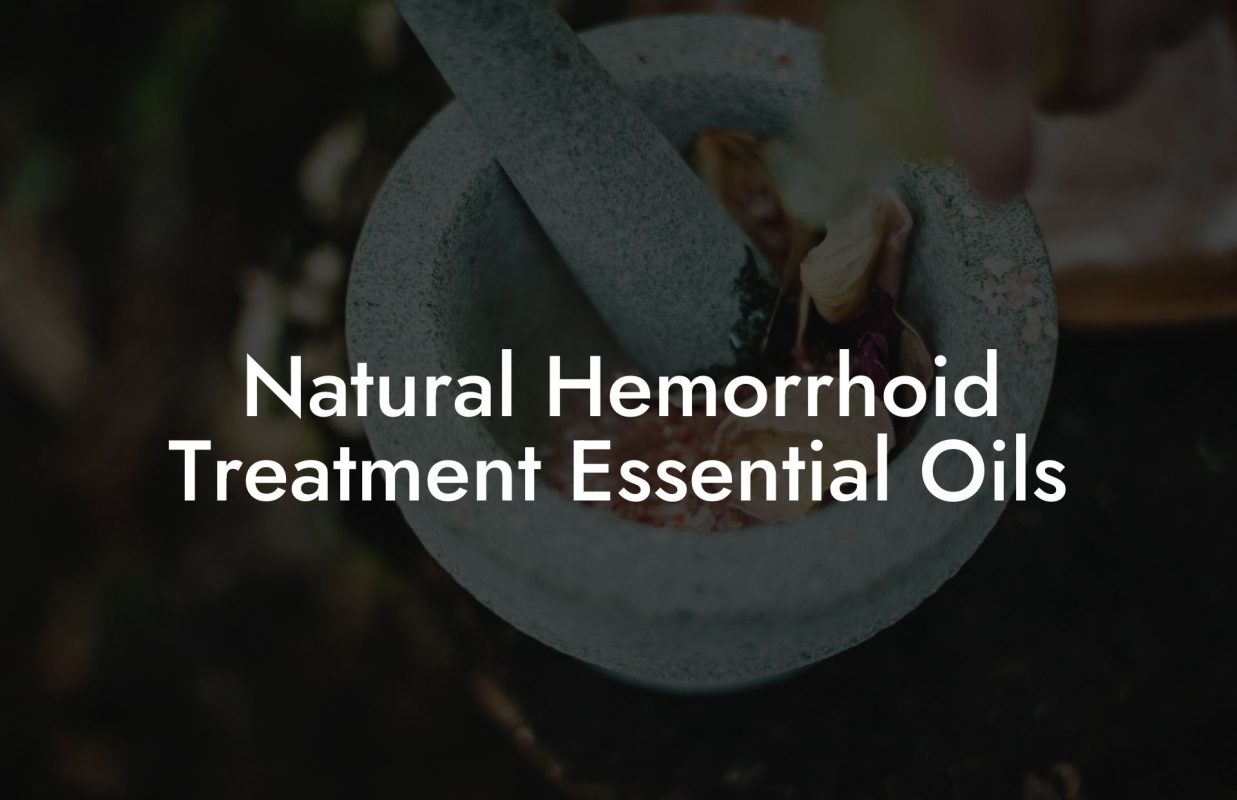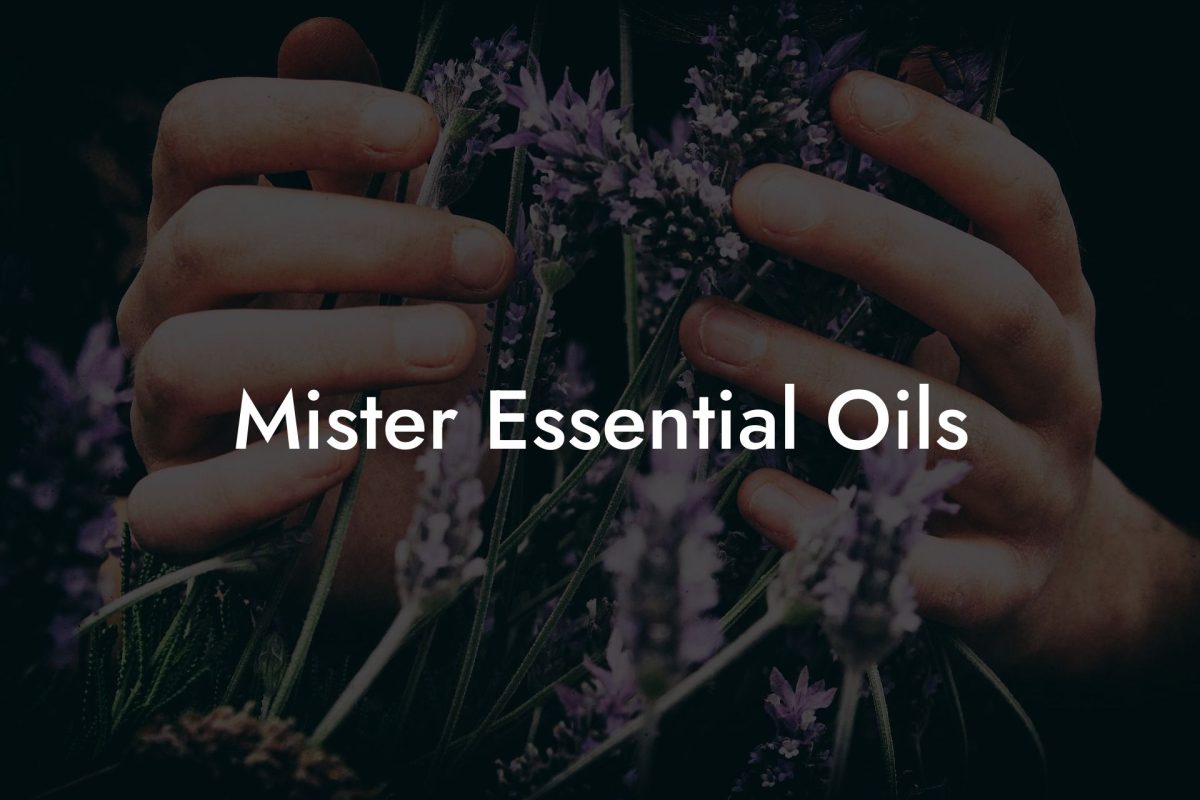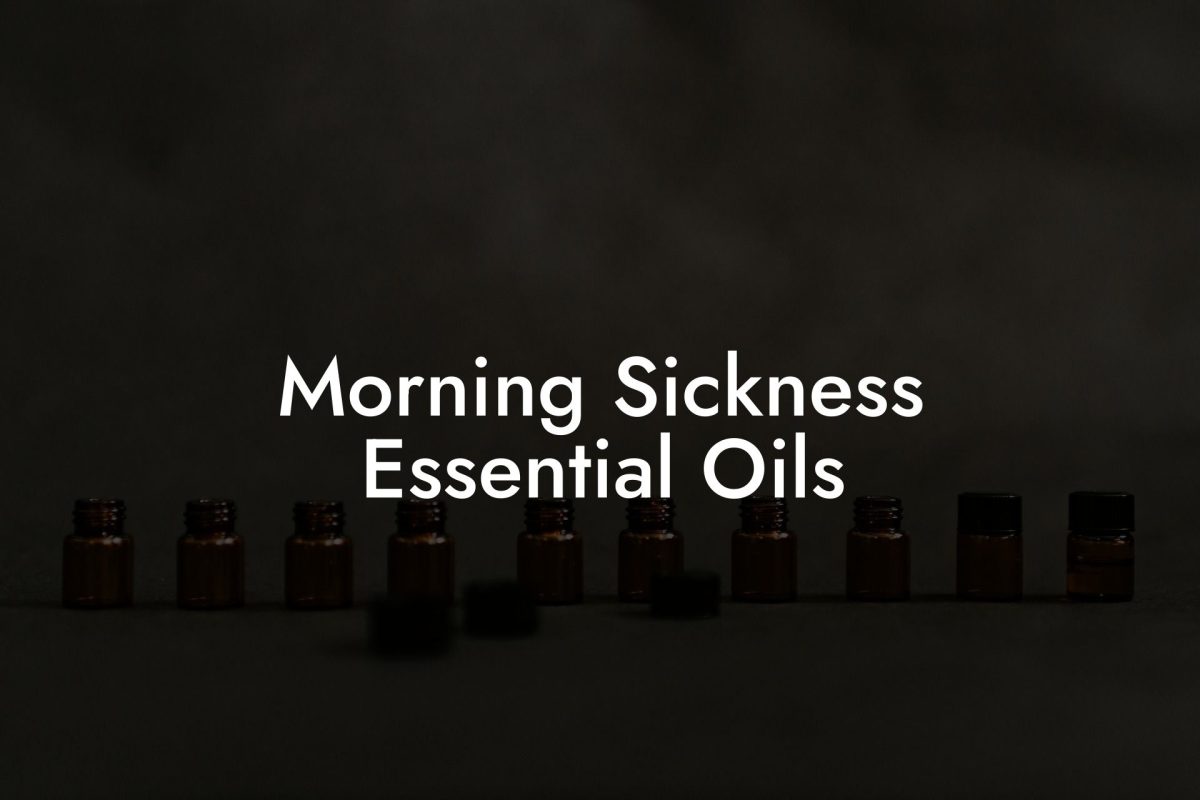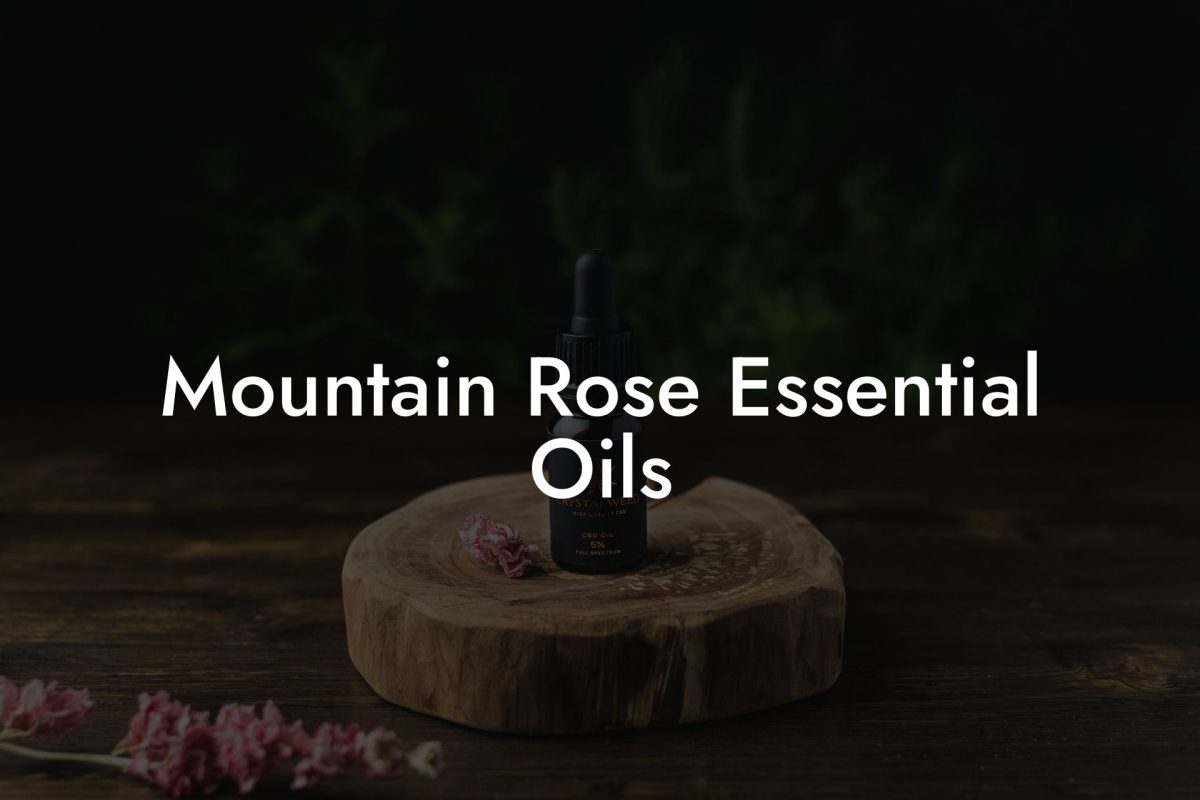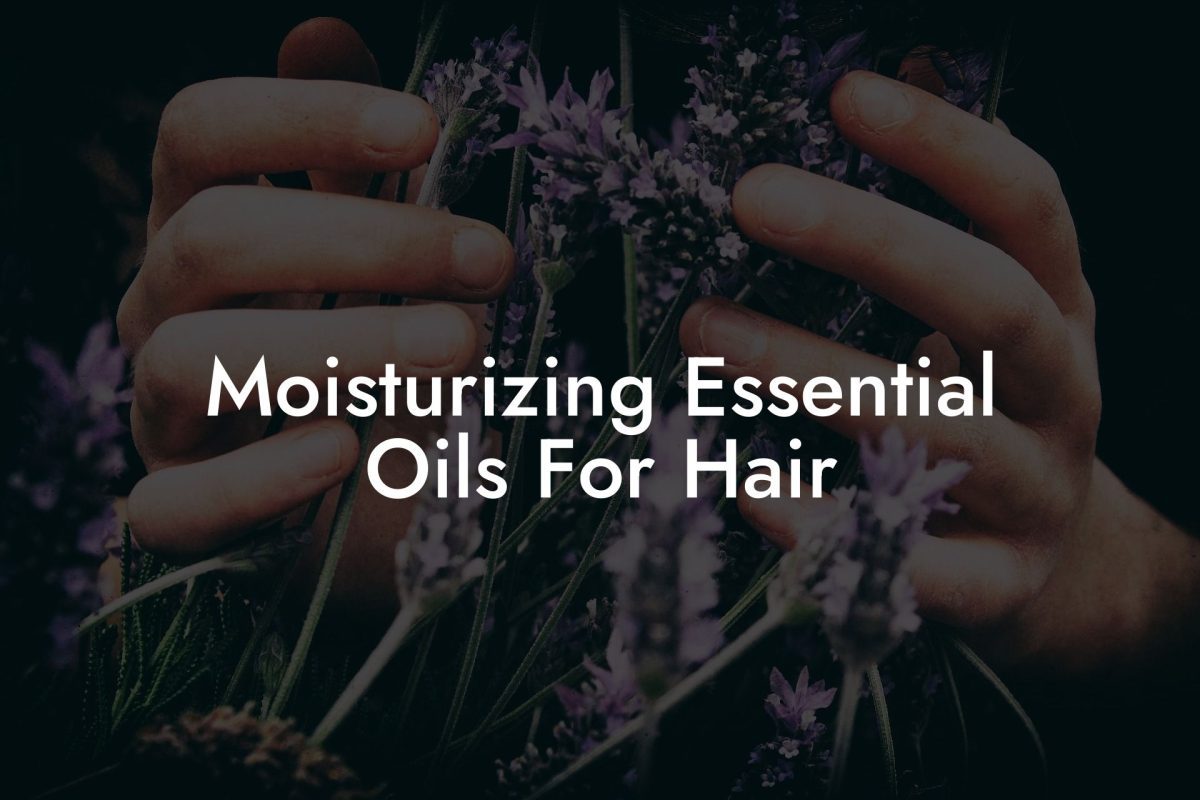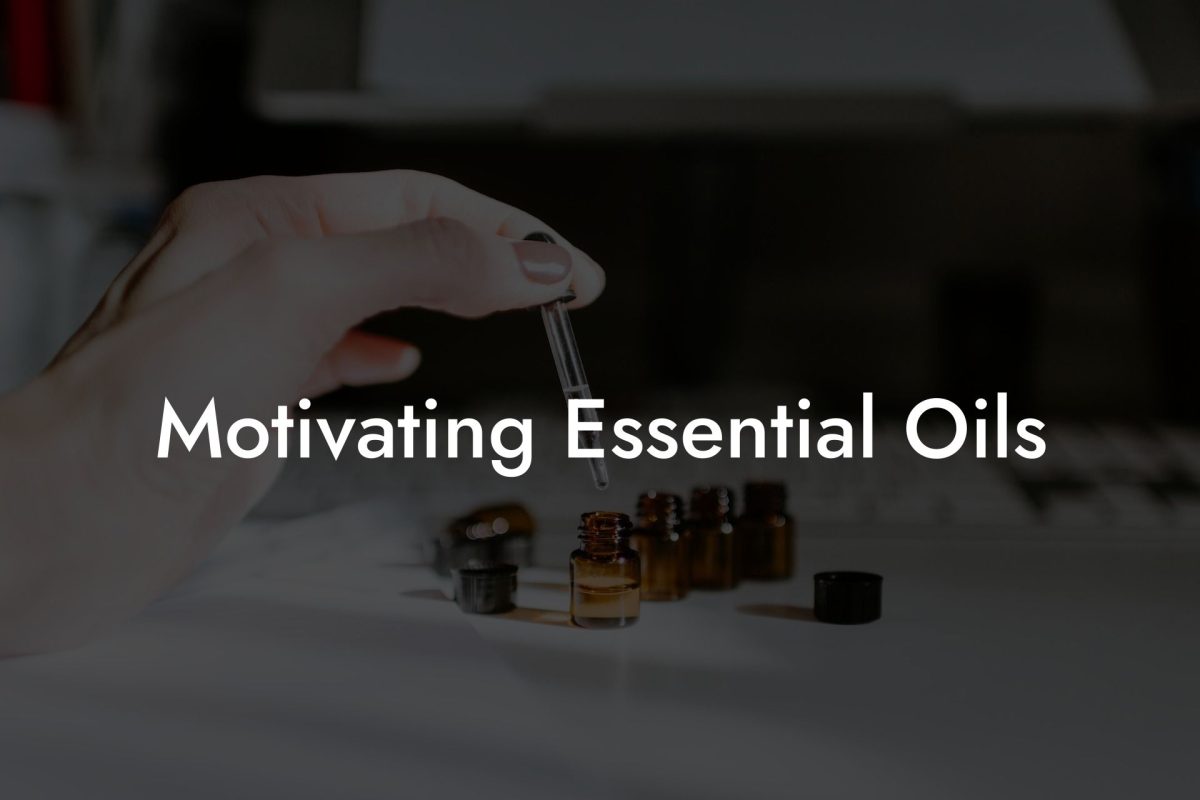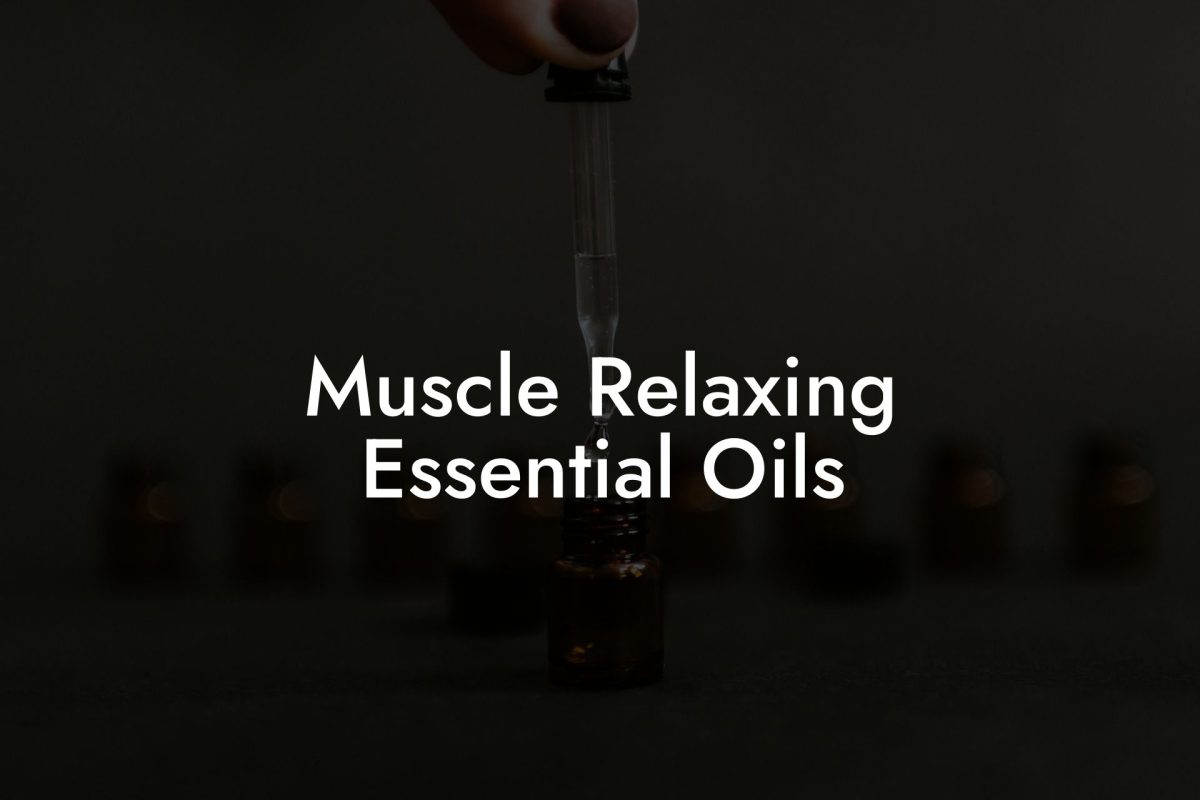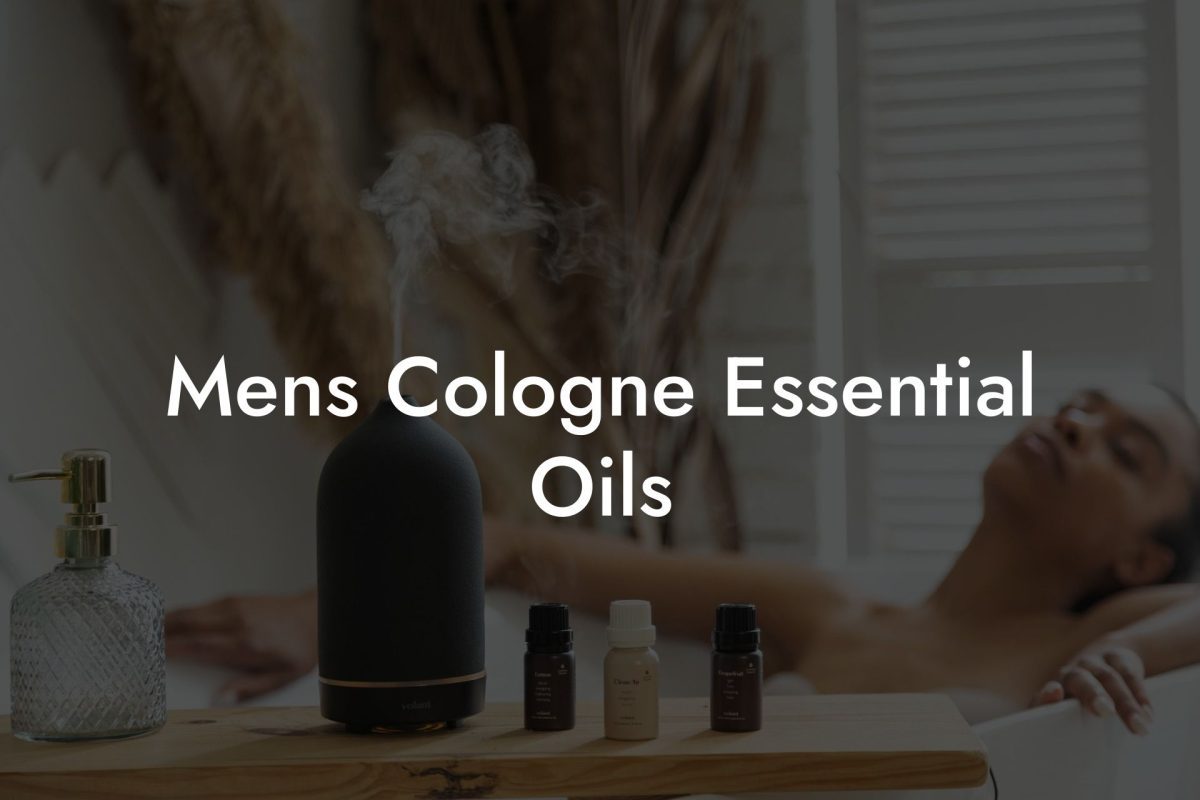When it comes to using, storing, and transporting essential oils, ensuring that you choose the right type of plastic container is essential. In this article, we will guide you through the different types of plastics and their compatibility with essential oils. With our help, you can be confident that you’re making the best choice for both your safety and the integrity of your precious oils.
Table of Contents
Why the Type of Plastic Matters
Essential oils are highly concentrated extracts from plants that can be caustic and deteriorating to certain materials, such as plastic. Choosing the wrong type of plastic container can lead to:
- Chemical leaching from the plastic into your oils, reducing the efficiency and safety of the oils
- Deterioration or warping of the plastic container, causing leaks, spills, and messes
- Wasted oils due to their reactions with the plastic, resulting in the loss of valuable benefits
Understanding the Resin Identification Code
On most plastic items, you’ll notice a triangular symbol with a number between 1 and 7. This is the Resin Identification Code (RIC), which indicates the type of plastic resin used. Knowing the RIC can help you determine the compatibility of a plastic container with essential oils.
Resin Identification Code (RIC) Table
| RIC | Plastic Type | Safe for Essential Oils? |
|---|---|---|
| 1 | Polyethylene Terephthalate (PET, PETE) | No |
| 2 | High-Density Polyethylene (HDPE) | Yes |
| 3 | Polyvinyl Chloride (PVC, Vinyl) | No |
| 4 | Low-Density Polyethylene (LDPE) | Yes |
| 5 | Polypropylene (PP) | Yes |
| 6 | Polystyrene (PS) | No |
| 7 | Other (Mixed, Polycarbonate, etc.) | No |
Recommended Plastics for Essential Oils
- High-Density Polyethylene (HDPE, RIC 2): HDPE is highly resistant to a wide range of chemicals, making it an excellent choice for essential oil storage. It is durable, lightweight, and has excellent barrier properties.
- Low-Density Polyethylene (LDPE, RIC 4): LDPE is similar in chemical resistance to HDPE, making it another safe option for essential oils storage. However, it is less rigid and more flexible than HDPE, making it suitable for squeeze bottles and dropper bottles.
- Polypropylene (PP, RIC 5): PP has good chemical resistance and temperature stability, making it safe for use with essential oils. It is commonly used for containers with airtight lids, such as jars and bottles with twist caps.
What Plastic Is Safe For Essential Oils Example:
Imagine you have a collection of beautiful, pure essential oils from Oshu Oils, and you want to create your own custom blends. You decide to buy plastic containers to store your creations, but you’re not sure what type of plastic is best. After reading this guide, you would know to look for containers made from HDPE, LDPE, or PP plastics, indicated by the RIC number on the container. You go to your local store and pick up a set of HDPE bottles with a RIC of 2, confident that they will safely store your essential oil blends without deteriorating or reacting with the oils.
Now that you know which types of plastics are safe for essential oils, you can confidently invest in the right containers for your oils without worrying about any negative consequences. Keep exploring the Oshu Oils blog for more useful guides and expert articles on essential oils and aromacology, and remember to share this article with friends and family who use essential oils. Don’t forget to browse the Oshu Oils range of Artisan Essential Earth Oils to expand your collection. Happy blending!

